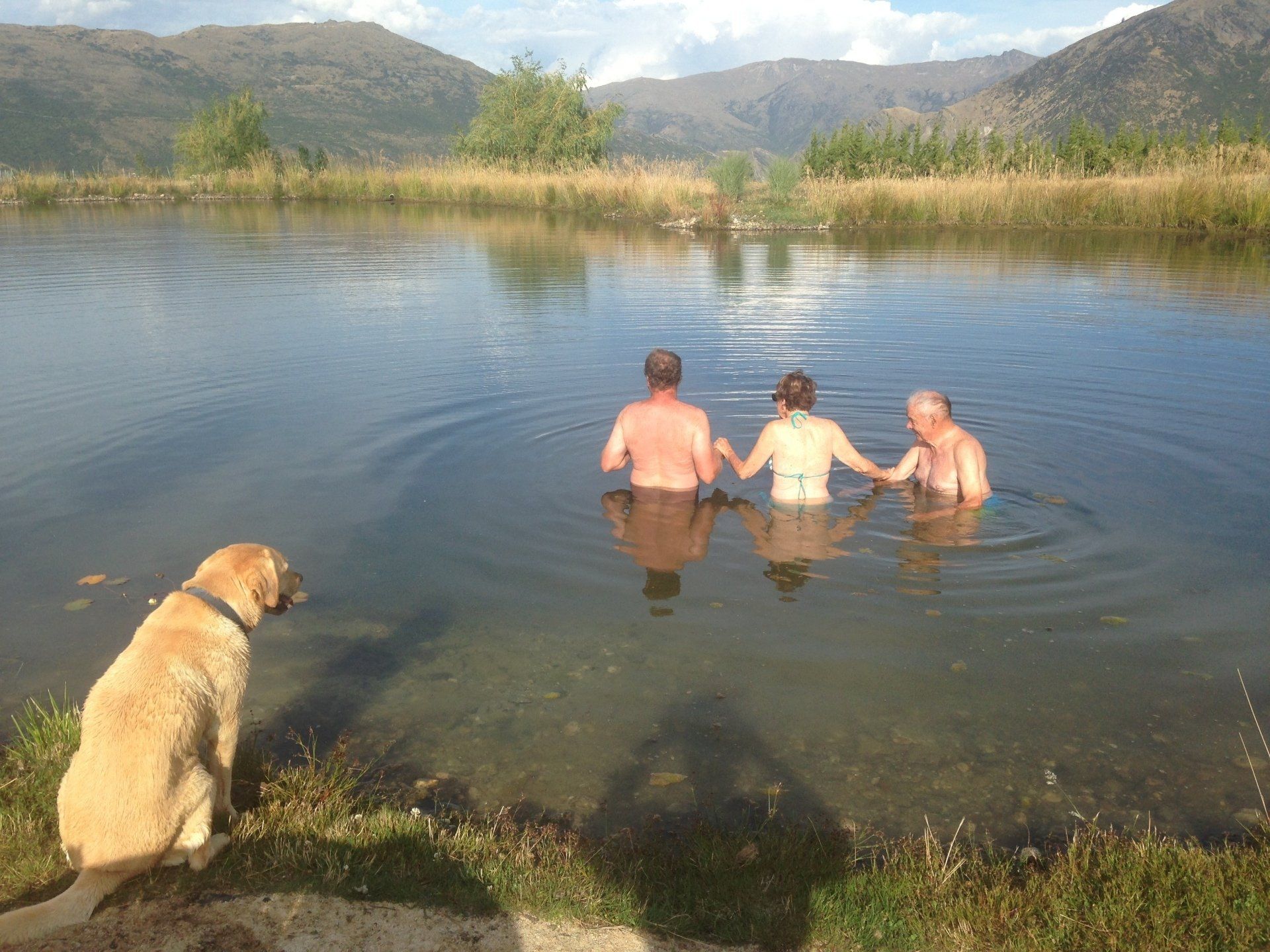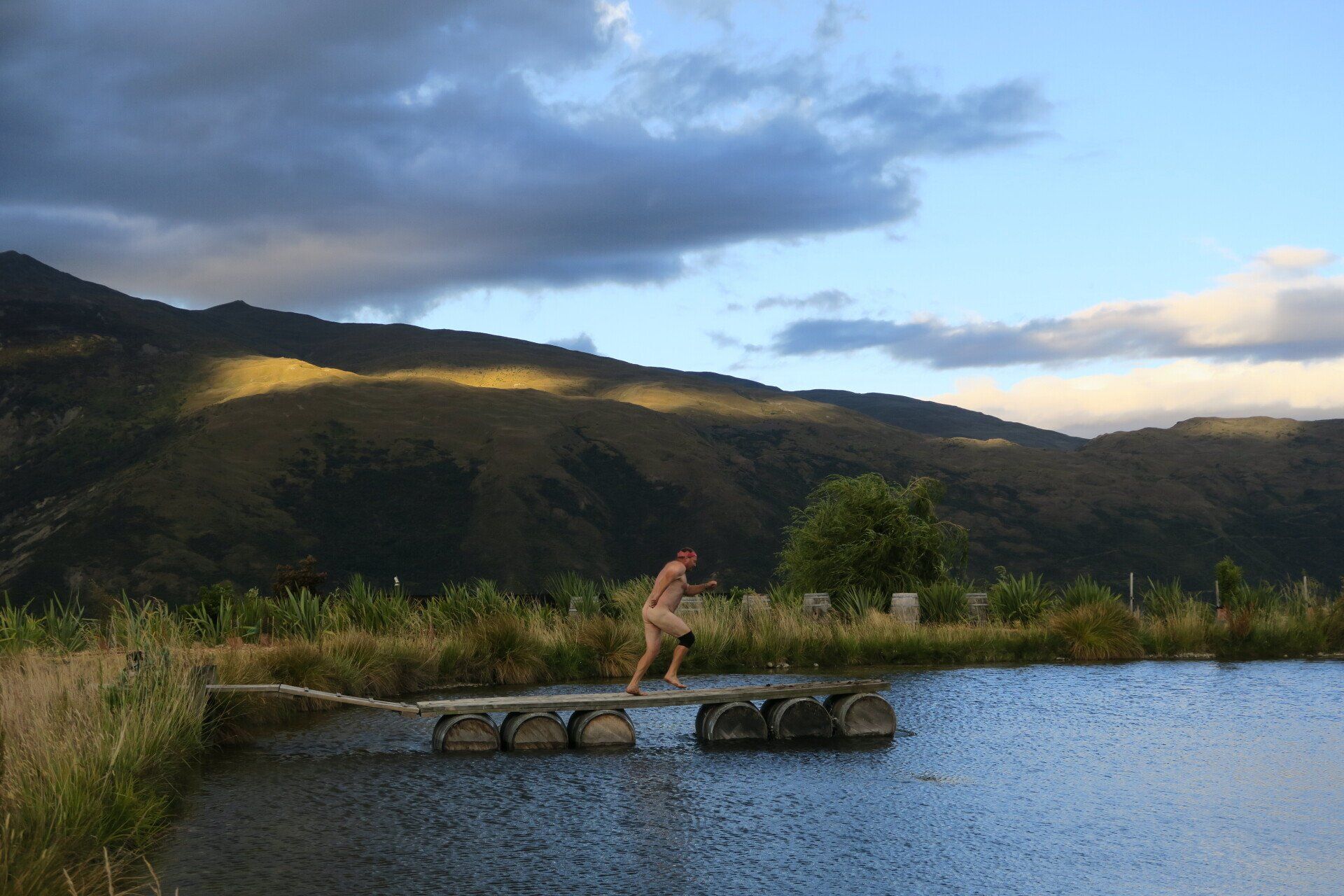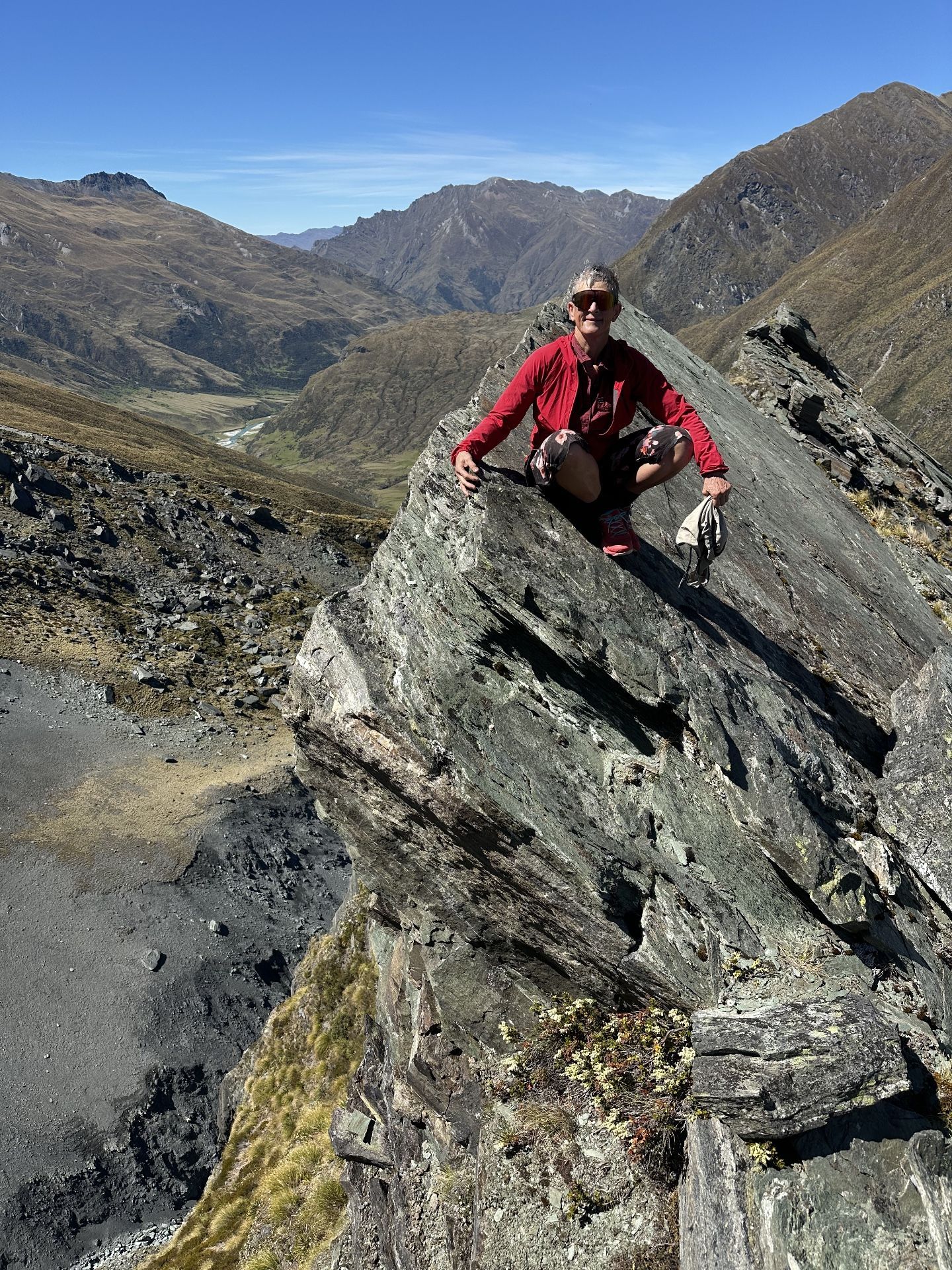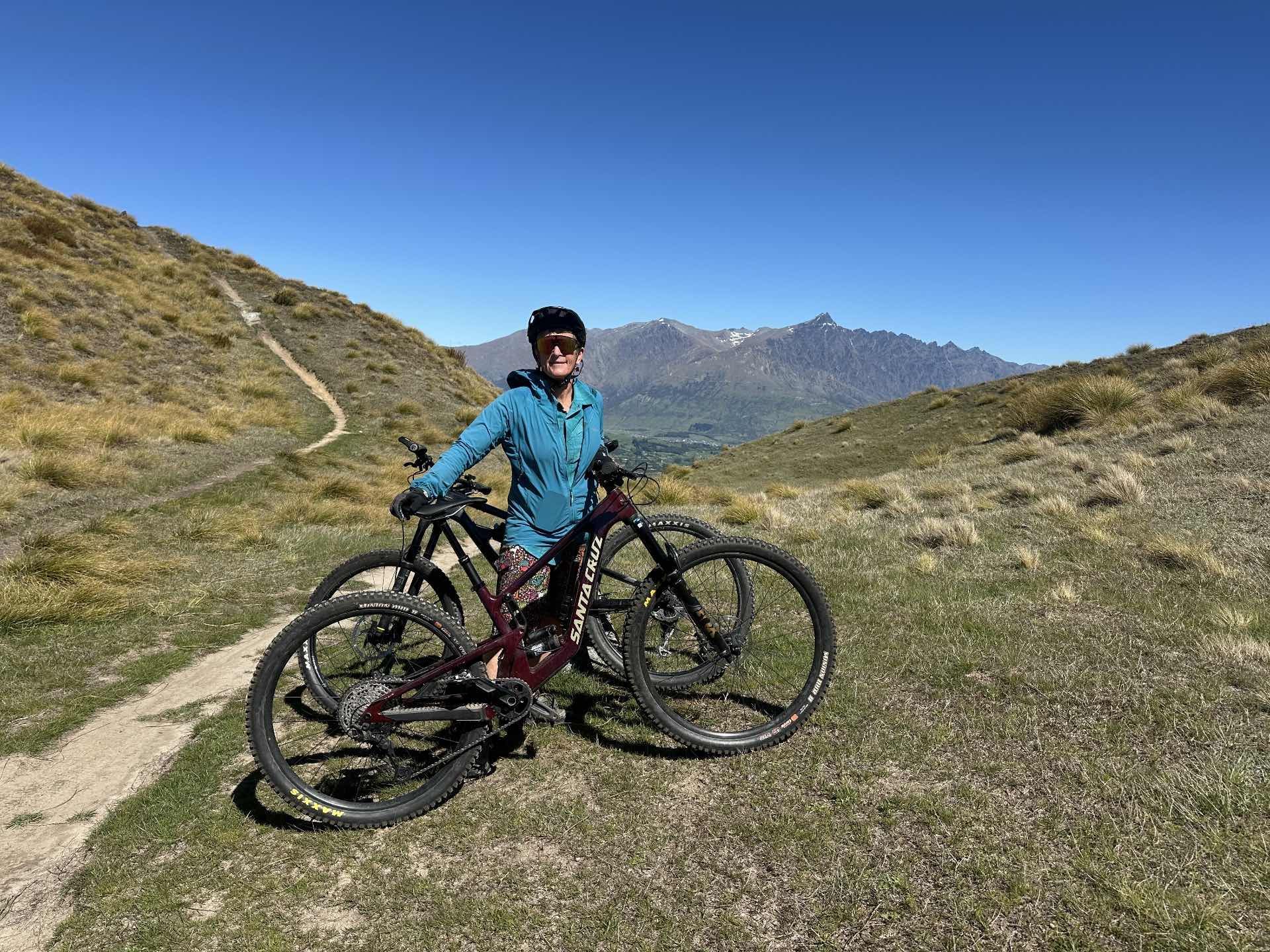Hijabs and hair

Its summer time and summer is for swimming (amongst a few other things). We were at Lake Wanaka the other day and many people were lying and playing on the edge of the lake, including two young women who were paddle boarding in hijabs. They looked like they were having a great time, wobbling around on the boards. Seeing them reminded me of women I have seen in New Zealand and other countries, wearing religious clothing which appears to prevent them from participating in physical activity with other people around them.
I remember going on a day trip out to Pulau Seribu, off the coast of Jakarta, Indonesia. There were a number of women in full length black chador (cloth wrapped around the head and upper body) together with niqab (face veils that leave the eyes clear) or burka (veils that cover the face). They were sitting on the benches on the island, watching their children playing, while their accompanying men swam and wandered around with little clothing on. I felt angry for the women, for their physical confinement in swathes of black cloth in 32 degree heat. I felt sad for the female children who were experiencing a brief period of freedom, before they too would be hidden and constrained by such clothing. I also thought with interest of how much more prevalent such garb had become since I first went to Indonesia in 1995, when few women wore clothing that directly signalled their religion.
Religious clothing will always be a contentious topic. There is hot debate about whether women who wear such clothing are oppressed, or whether they are doing so of their own free will – as if one can ever consider that free will is something entirely separate from one’s original, or lived, culture. The issue is hugely clouded by how one regards religion and religious cultures. My reaction is focused not on the clothing as a symbol of religion, or oppression, but of its impeding women to be able to use their bodies to undertake physical activity. This reaction is very much embedded in my belief set that physical activity is fundamentally important to the wellbeing of people of any race, gender or age. I therefore give Nike full marks for seizing the innovation/marketing opportunity on head and body coverings. In 2019, they brought out a collection of swimwear – Nike Victory Swim Collection – which allows women to remain fully covered while swimming efficiently and with enjoyment.


Our pa harakeke pond is a great place to swim in summer and diving/jumping off the pier made of wine barrels is a popular activity and lots of pure fun. Swimming outdoors (and not in a managed swimming pool) is also something special, above and beyond fun. It connects us with our environment, with a tinge of fear when you can’t see the taniwha that might be hiding under the water. There were multiple exits off the pier on New Year’s Eve at our place, including shortly after midnight. However, jumping off a pier entails getting your hair wet, which is a sticking point for some of the women who visit us. The main reason given for not getting hair wet is that things then have to be done to said hair to return it to an ‘appropriate’ state. I have to admit to not knowing what such things might be because I don’t do any of them. I am a heathen of some description, because I simply don’t remember to check how my hair looks after doing things like jumping in a pond (or wearing a helmet) and have never even contemplated owning a hair dryer. My hair does whatever it happens to do, which might well not look particularly good (and I am sure my mother sometimes wishes that I still owned and used a comb). However, for me it is a sadness that cultural norms around hair looking a certain way, require interventions that are too complex to be worth undertaking after the fun of swimming in a pond.
When I did some research on this topic, the top web links documented black women choosing not to swim. The reason given was that ‘black’ hair is naturally curly and swimming defeats the hair straightening practices used by many black women to make their hair look completely different from its natural state. I only learned about such hair straightening embarassingly recently, when reading ‘ Americanah ‘, by Chimamanda Ngozi Adichie. The lead character documents the lengths to which black women go to in America to straighten and dye hair which would be naturally dark and braided in Africa. This led me to the, also late, realisation that Michelle Obama’s hair was carefully managed throughout Obama’s presidency.
Americanah complemented my observations in Mozambique on local buses, where I pondered on how many women had exceptionally long braids. How did these particular women grow their hair so long, when it appeared that many women had relatively short natural hair? My questions were answered when we went to a market where there were long hanks of hair for sale to be braided into natural hair. When I headed down this rabbit hole on the internet, it turned out that much of the hair on sale in Mozambique is claimed to be from Brazil but is actually more likely to be from India or China.
In the final analysis, what is most important is that people are comfortable with their own choices and enjoy their lives as a result. We all live in a culture and shared societal norms will not always accord entirely with our personal views. The ideal is that such norms do not constrain, but that will forever remain an ideal. However, what sticks with me currently, is that I have not yet encountered a guy turning down a leap off a pier because of how his hair might appear in the aftermath.







